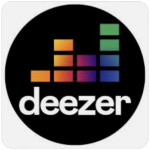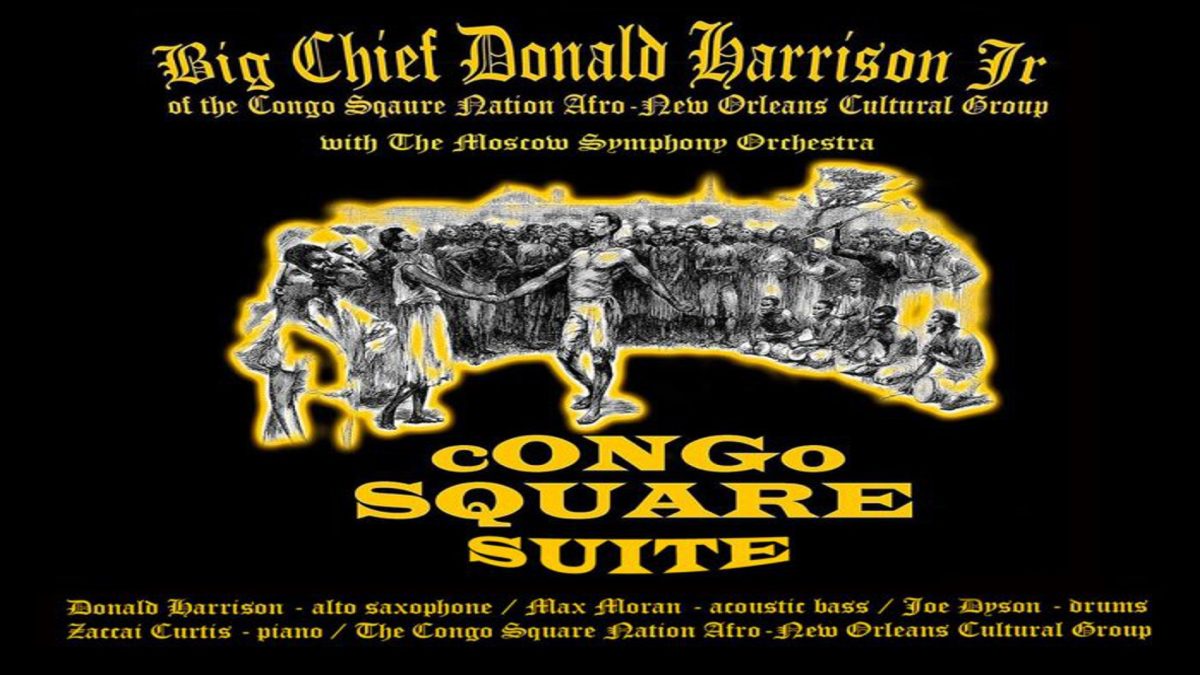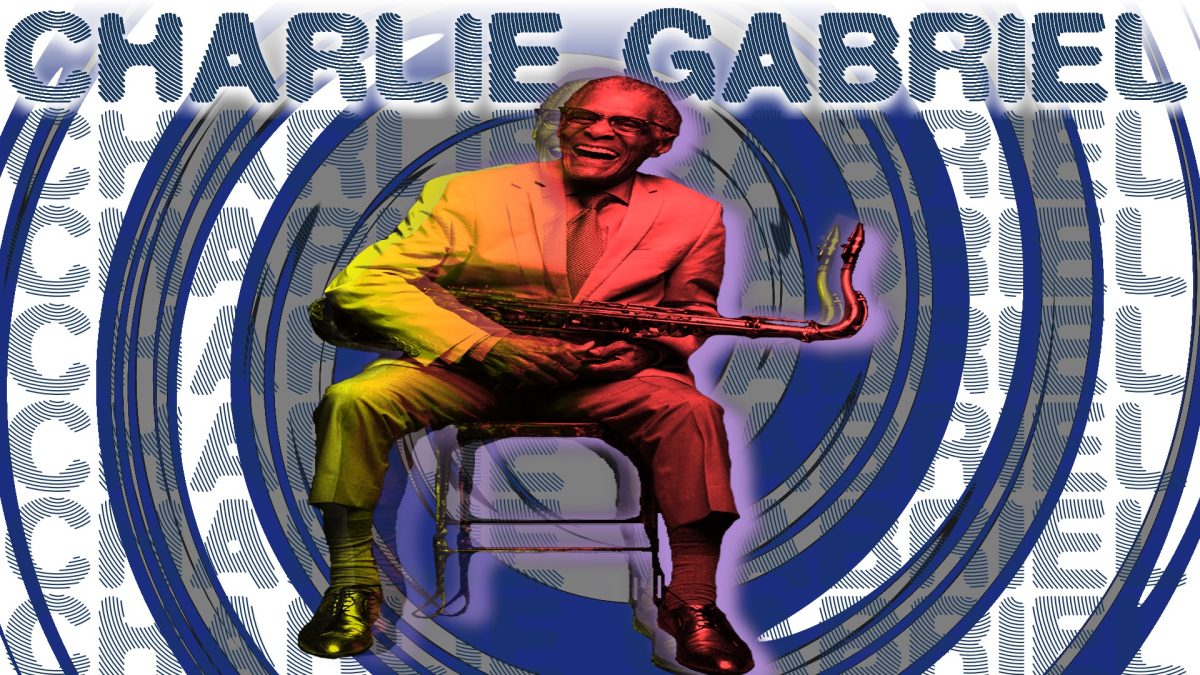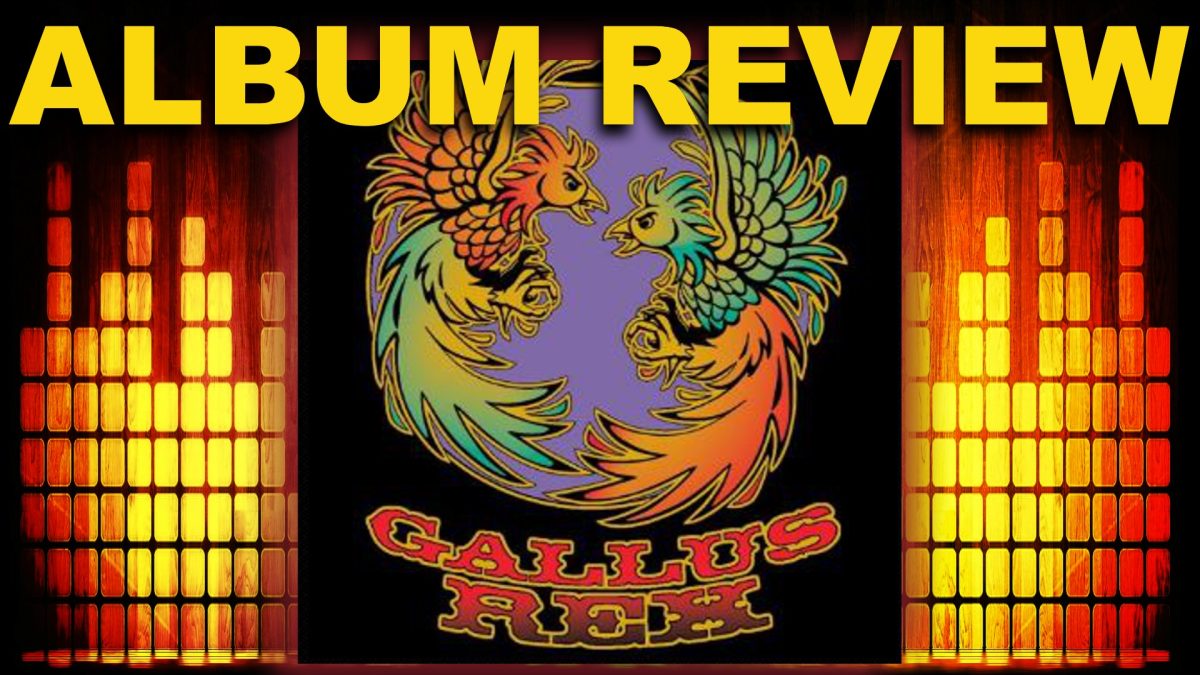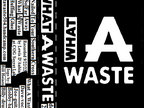Artist: EVAN OBERLA
Album: Art 4 All
Along with being an active member of Flow Tribe and the New Orleans scene, New Orleans-based Evan Oberla, a Jazz Studies University graduate, has Recorded at the Marigny studios in New Orleans to produce his latest release Art 4 All.
Its October in New Orleans as I am writing this review, and my favorite fall activity is to drive with the windows down, get some cool fall air, and listen to new music driving around Mid-City and Hollygrove. So, grab yourself a drink, snack, smoke and Saints coozy, and ride with me as we trip out on this album.
The opening track “Art 4 All” brings me back to those golden days of the past at the Maple Leaf bar, headfirst into a book of gonzo journalism, and enjoying the Crescent City sounds of organ funk and progressive indie rock. Setting the tone for the rest of my experience, nostalgic and futuristic notions emanate with strength in all the instruments played. The recording is pleasing to the senses by offering an audio charcuterie of warmth and contemporary production. As I approach the stoplight by Canal and Carrolton, the next track on our voyage is “Connected”, a swinging downtrodden message of life, soul, and universe. It’s connected to a root deep seeded in trials and tribulations, a child-like inner intonation, and the beauty of living in the moment. A crisp nostalgic rhodes piano & swaying summer guitar sound washes over me as I am in an utter trance to hear more. Driving down on my way to Liuzza’s for a cigarette and a beer, the third track “Only” begins to play.
This song has the production and soothing soulful foundations of a Stevie Wonder-type Motown classic. A harmonious brass section and engaging rhythmic composition are alive in this upbeat song. Cinematic visualizations come to mind upon listening; a soundtrack to a street theater in the beginning, the middle transitioning into a ceremonious New Orleans dance that overflows into the CBD. As my drive continues, the sun is just right upon my face, a slight breeze brings all the joyous smells of restaurants and the daily business grind that is Poydras Street. Time to turn up the stereo a bit louder so the commuters can jam with me as they enjoy their lunch breaks nearby.
Next into our journey is the track “What We Needed”, a compelling piano-driven narrative to which the lyrics sing “We lucked out we lost ourselves”. Orchestral cymbal splashes and timpani-esque percussion drive the mood of this song, a call out for feeling and reconciliation.
I park my car down St. Charles near Please You restaurant, move the album to my iPhone and put in my ear buds. Time to listen to the next song from Evan’s album titled, “Movin on”. While enjoying a gyro and a big shot cola, I stare into the Lower Garden District scenery while being serenaded by this song’s 70’s groove. A musical landscape of “All 4 Love” is present throughout my mind. Incredible vocal harmonies lather in rich warmth audio perfection. It is a suitable experience for vinyl audio consumption if I ever heard. I get into my car and head back up towards the Marigny. Next up on the album, and roaring on my car stereo, is the song “Pivotal”, which brings that electro drum swank and swagger feel into the center of the singer/songwriter genre and lyrical direction that I have come to love of Evan Oberla.
“Pineapple Juice“ brings us to the latter half of Art 4 All. Summer-laden oracles of collective sounds, whilst on a island or inland, flood me ears. Picture yourself at a Tiki Bar, the music as the soundtrack, the conversation and moment as your own, guiding into nirvana as the midnight oil burns. Finally, I arrive at my destination, Webb’s Bywater Music. Time to park and grab some guitar strings, a cigar, and hang with friends; a perfect end to an engaging vibe from this album at its core.
Art 4 All brings the funk and sophistication, all the while keeping a voice of personal exploration and celebration. The sounds of New Orleans reverberate but also become the calming waves unto a shore of new development. The album is available on the band’s BandCamp page, and I highly encourage those who enjoy layered music to give it a try. As in the essence of the band’s album, they sing “…share your gift with the world”. Thank you for being my passenger on this audio journey through New Orleans. For neworleansmusicians.com I am Ryan McKern, see you soon Mon Ami!
Author: Ryan McKern
Editor: David Trahan
evan oberla – vocals, rhodes, piano, acoustic guitar, trombone
rob hinson – bass
george wilde – electric guitar
trenton o’neal – drums
andriu yanovski – b3 organ, rhodes (1, 2, 7)
aurelien barnes – trumpet (3)
ari kohn – tenor sax (3)
joey gurwin – congas (3)
becca duggan – bongos (4)
tracked by rick nelson on June 25, 2021@ Marigny Studios in New Orleans, La.
Additional tracking by Mack Major @ Major Studios in New Orleans, La.
Mixed by Mack Major
Mastered by Joe Berg @ Cherry Creek Music
Produced by Evan Oberla









